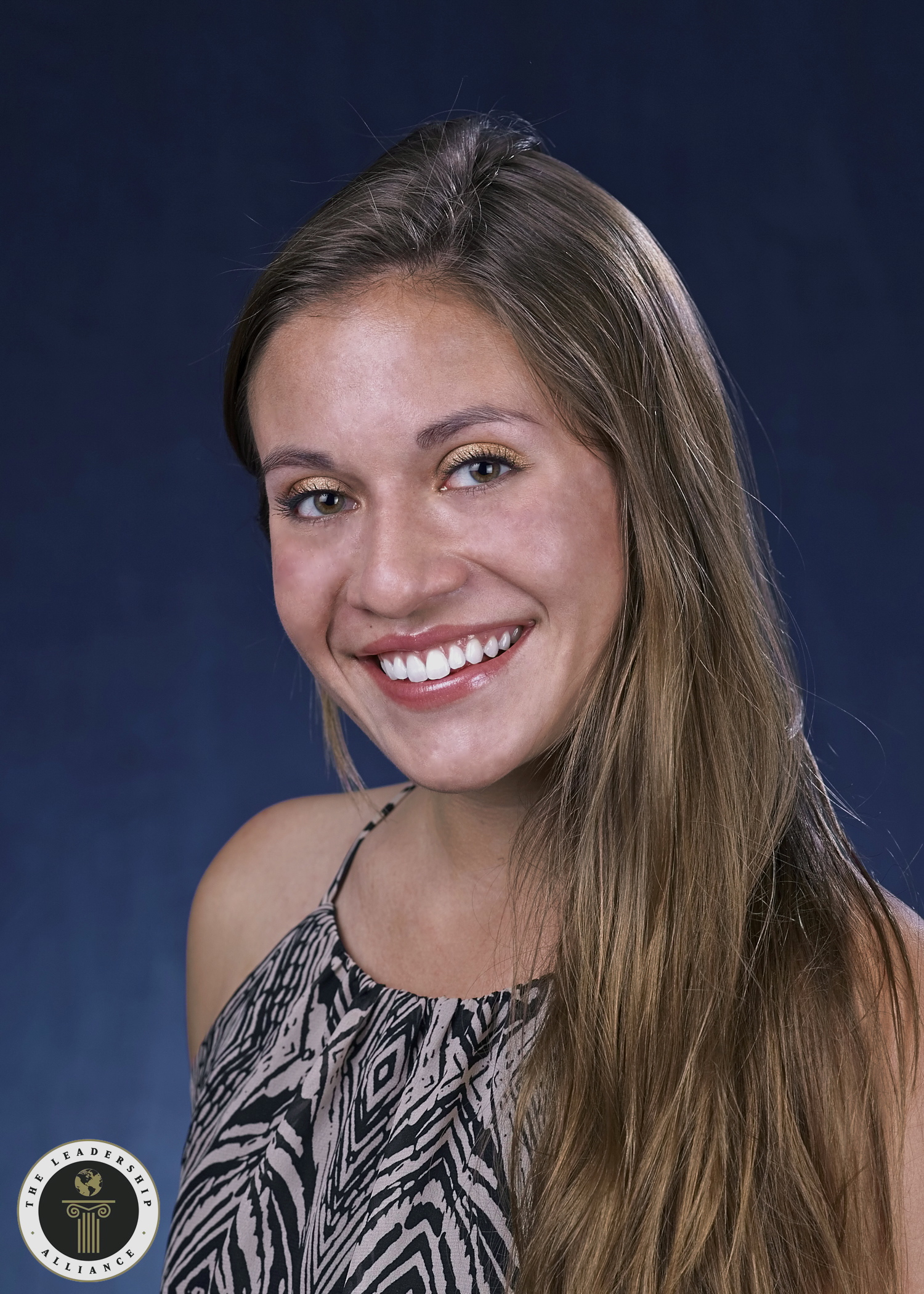Celebration of Scholars
Molecular Regulators of Right Ventricular Angiogenesis in a Murine Model of Chronic Hypoxic Pulmonary Hypertension
 Name:
Jacelyn Peabody
Name:
Jacelyn Peabody
Major: Biology, Neuroscience
Hometown: Colorado Springs, CO
Faculty Sponsor:
Other Sponsors: Todd Kolb MD PhD- Johns Hopkins
Type of research: Independent research
Funding: Johns Hopkins Summer Internship Program: American Heart Association Grant #13FTF17220008
Abstract
Introduction: Pulmonary hypertension (PH) is a progressive syndrome that leads to right heart failure. Increased right ventricular (RV) wall stress is mitigated through adaptive remodeling in PH. RV angiogenesis is an early component of adaptive remodeling in a mouse model of chronic hypoxic PH (CH-PH). The molecular regulators of RV angiogenesis are unknown.
Methods:
Stereology was used to assess coordination of hypertrophy and angiogenesis in
murine hearts to determine temporal occurrence of physiological versus
pathological remodeling. Western blotting and quantitative RT-PCR were used to
compare myocardial expression of regulators in mice with and without CH-PH.
Microarray analysis was utilized to assess expression of tissue
hypoxia-dependent genes.
Results: The temporal occurrence of RV angiogenesis and hypertrophy in murine models of CH-PH was determined to be 1-week for physiological remodeling and 3-weeks for pathological remodeling. RV angiogenesis was not associated with increased expression of VEGF protein or RNA. RV Col18A1 gene expression and endostatin protein was significantly increased after one week of CH-PH. Microarray analysis showed minimal change in hypoxia-induced gene expression during adaptive RV remodeling in CH-PH mice.
Conclusions:
Early adaptive RV angiogenesis was not associated with tissue hypoxia or VEGF
up-regulation, suggesting other stimuli/growth factors may be more important in
this model. We hypothesize that the observed early increases in RV
endostatin/Col18A1 expression may support a role in regulating angiogenesis
through negative feedback.
Submit date: March 13, 2015, 10:40 a.m.
